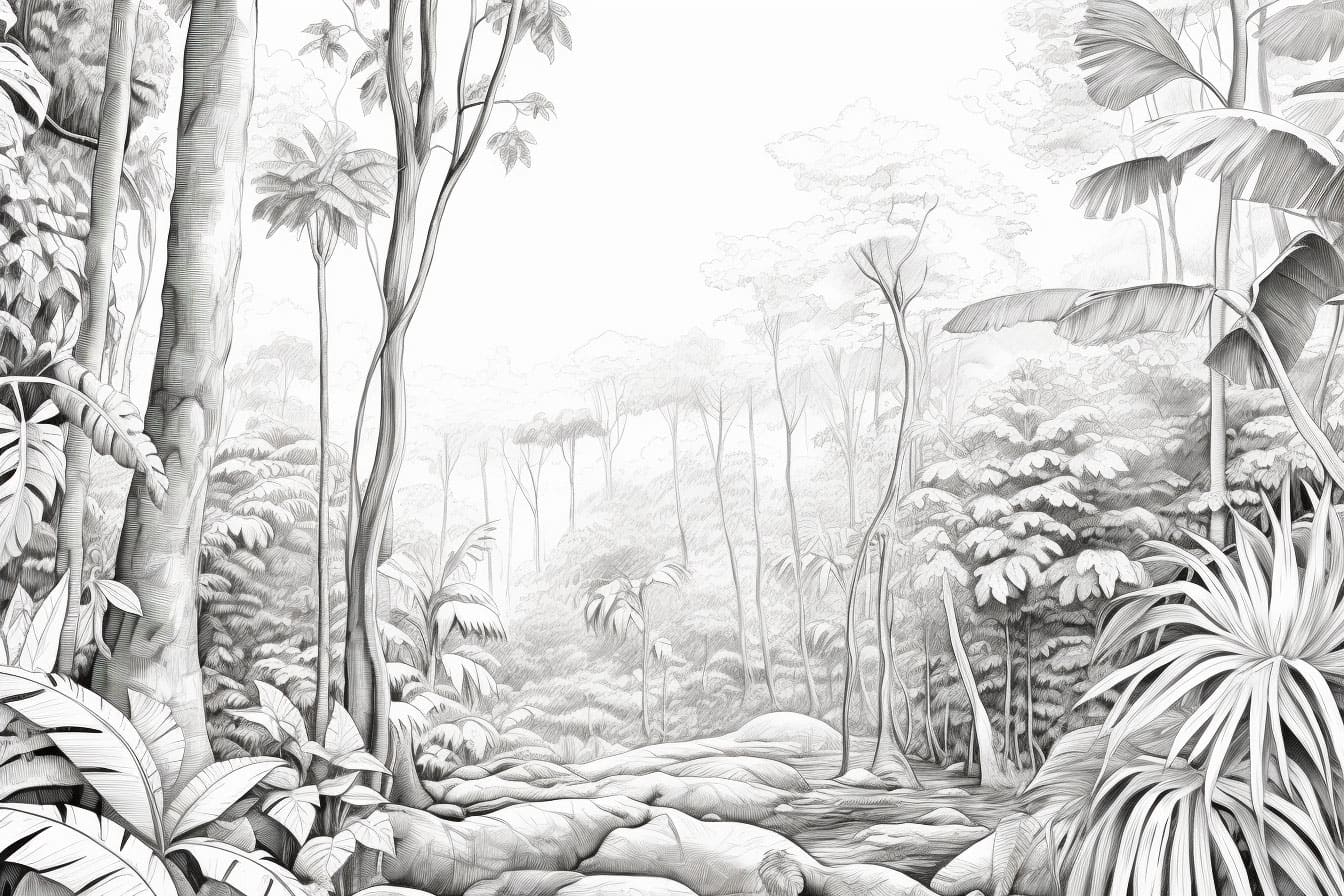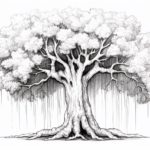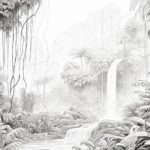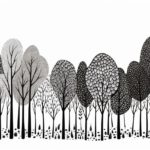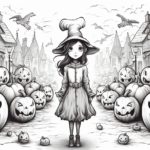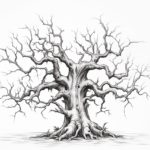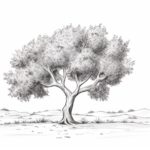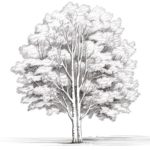Rainforests. Incredible places, really. Just trying to wrap my head around the sheer abundance there. Like trying to count stars on a clear night.
Spent last weekend digging through reference photos from that conservation photographer I met last month. The colors alone are enough to make your eyes dance. And the shapes – nature doesn’t do straight lines much, does she?
Been thinking about biodiversity while sketching a jaguar’s rosettes. There’s a mathematical pattern to them, you know. Not random at all. Each spot tells a story about the cat’s movement through dappled light. It’s an example of evolutionary design at its finest.
The jaguar’s form follows function – powerful haunches, compact body. Been teaching this in my “How to Draw a Jaguar” tutorial. Strength isn’t just in muscles; it’s in the economy of line. No wasted movements.
Drawing predators makes you notice the ecosystem around them. For every jaguar, there are thousands of other species keeping the forest in balance.



Monkeys swinging overhead. Their tails – fascinating drawing challenge. Fifth limb, really. Prehensile and expressive. Try this: when sketching monkeys, focus on the tail first. The body posture often follows its line. A counter-balance to gravity.
Oliver (my cat) knocked over my reference books while I was studying gibbon locomotion. Sometimes chaos teaches better than order. Picking them up, I noticed similarities between gibbons and orangutans I hadn’t seen before. Both navigate the canopy, but with different approaches.
Speaking of canopies – that’s where the real magic happens in rainforests. Multiple layers, like nature’s apartment building. Toucans up high. Harpy eagles surveying from above. Tree frogs hiding in bromeliads.
The harpy eagle’s eyes haunt me. Been trying to capture that intensity in my sketches. When drawing predator birds, the eyes are where you start. Windows to their primal nature.
Drawing a rainforest isn’t about individual trees. It’s about relationships. How the light filters down. How leaves overlap and create negative space. Been teaching this approach in my “How to Draw a Rainforest” series. Start with the feeling of density, not details.
The poison dart frogs stopped me in my tracks. Electric blues against leaf litter. Nature’s warning system. “Don’t touch” in color form. Their simple shape belies the complexity of capturing them on paper. It’s all about getting that luminous quality of their skin.
Tried a new approach to drawing tropical flowers yesterday. Not about perfect symmetry. About movement and light. Orchids especially – they’re studies in controlled chaos. Evolved to attract specific pollinators. Drawing them makes you wonder about all the invisible relationships happening in that forest. Pollinator and flower, locked in evolutionary dance.
The rainforest floor – that’s another world entirely. Been drawing pangolins lately. Their scales – mathematical patterns again. Fibonacci sequences walking on four legs. When teaching how to draw them, I emphasize the rhythm of those scales. Like waves moving across their bodies.



Capybaras lounging by riverbanks. Gentle giants. Their form is all about mass and presence. Drawing them, you learn about simplicity. Their power is in their silhouette.
Had a funny moment while sketching at the botanical garden yesterday. A kid saw my sloth drawings and called them “upside-down monkeys.” Got me thinking about perspective. How we classify things based on our limited understanding.
The sloth moves with such intention. Each motion considered. There’s wisdom in that slowness. When drawing sloths, I encourage students to slow their own hand movements. Match your energy to your subject.
Anteaters and their magnificent snouts. Nature’s vacuum cleaners. The curve of that snout is a perfect arc – like a question mark asking about the forest floor.
Velociraptor sketches next to modern birds in my sketchbook. The connection’s obvious when you study anatomy. Drawing extinct creatures makes you appreciate what survived. What adapted. The tigers and elephants that still roam parts of these forests are living dinosaurs in their own way.
The elephant’s trunk alone contains over 40,000 muscles. A marvel of evolutionary engineering. Been breaking this down in my elephant drawing tutorials. How do you capture something so complex with simple lines?
Spent this morning drawing tree frogs. Their sticky fingers – nature’s solution to gravity. The translucent quality of their skin against leaves – how do you capture that with pencil? Been experimenting with negative space and selective erasing.
My studio mate asked why I keep drawing rainforest trees. “They’re all just big plants,” she said. But that’s like saying the ocean is just water. Each rainforest tree is an ecosystem unto itself.
In one rainforest tree, scientists found over 40 ant species. Just ants! That’s more diversity than all the mammal species in Britain. Drawing a proper rainforest tree means understanding its architecture. The buttress roots. The way the canopy spreads.
My coffee’s getting cold again. But these butterflies won’t draw themselves. Monarch patterns – another language written in pigment and scale. Their transformation story – that’s the real artwork. Caterpillar to winged jewel. Nature’s reminder that change is the only constant.
These sketches are more than exercises. They’re records of a vanishing world. Every stroke captures something that might not be there for future artists to see.
Eventually I’ll post about techniques for drawing tiger stripes. But for now, let’s go back to these Jaguar sketches. There’s something about those eyes I haven’t quite captured yet. The way they hold the entire forest in their gaze.
Gallery of Sketches






Sketches List
- “Canopy Layers” – A diagram showing the vertical biodiversity of the rainforest
- “Jaguar Study” – Close-up of jaguar rosette patterns with notes on their mathematical structure
- “Frog Fingers” – Detailed study of tree frog toe pads and their adhesive properties
- “Orchid Architecture” – Breakdown of tropical flower structure and pollinator adaptations
- “Predator Eyes” – Comparative study of jaguar, harpy eagle, and python eyes
- “Forest Floor Textures” – Various leaf litter, fungal structures, and decomposition patterns
- “Rainforest Color Palette” – Color studies organized by canopy layer
The pencil never stops learning, especially in a place where life itself seems to spill over the edges of imagination. Where every branch holds a surprise. Where biodiversity isn’t just a scientific term, but a wild symphony played in color and form.
And my drawing hand is just trying to keep up with the music.


